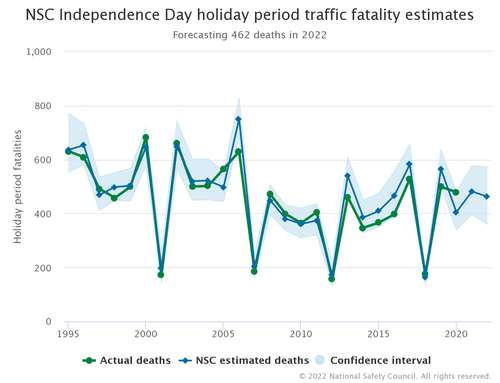State and federal officials say ice cream is behind a deadly outbreak of Listeria monocytogenes infections that has affected people in 10 states.
“As a result of this investigation, Big Olaf Creamery in Sarasota, FL, is voluntarily contacting retail locations to recommend against selling their ice cream products. Consumers who have Big Olaf Creamery brand ice cream at home should throw away any remaining product,” according to a notice posted tonight by the federal Centers for Disease Control and Prevention.
As of June 30 there were 23 confirmed patients, one of whom died. Another patient was a pregnant woman who lost her baby because of the infection, the CDC reported earlier this week. Twenty-two of the patients were so sick they had to be hospitalized.
Of the 17 people interviewed as of today, 14 reported eating ice cream. Among 13 people who remembered details about the type of ice cream they ate, six reported eating Big Olaf Creamery brand ice cream or eating ice cream at locations that might have been supplied by Big Olaf Creamery.
The investigation is ongoing. The company has not initiated a recall.
“Of the 22 people with information, 20 sick people reported living in or traveling to Florida in the month before they got sick, although the significance of this is still under investigation. Illnesses started on dates ranging from Jan. 24, 2021, through June 12, 2022,” the CDC reported.
Whole genome sequencing showed that bacteria from sick people’s samples are closely related genetically. This means that people in this outbreak likely got sick from the same food.
Sick people range in age from less than 1 to 92 years, with a median age of 72, and 52 percent are male. Five people got sick during their pregnancies, and one illness resulted in a fetal loss.
The true number of sick people in an outbreak is likely higher than the number reported, and the outbreak may not be limited to the states with known illnesses, according to the CDC. In addition, recent illnesses may not yet be reported as it usually takes 3 to 4 weeks to determine if a sick person is part of an outbreak.
Seattle food safety attorney Bill Marler represented victims in recent years who were infected with Listeria monocytogenes found in Blue Bell ice cream. He said it is unfortunate to see the scope of the current outbreak in the wake of the Blue Bell outbreak.
The former president of Blue Bell, Paul Krouse, is set to go on trial beginning Aug. 1. The sanitary record of Blue Bell has become a pretrial issue that could spill over into any pre-outbreak record.
The CDC did not specifically report where the Big Olaf ice cream implicated in the current outbreak was manufactured.
About Listeria infections
Food contaminated with Listeria monocytogenes may not look or smell spoiled but can still cause serious and sometimes life-threatening infections. Anyone who has eaten any of the implicated Big Olaf ice cream and developed symptoms of Listeria infection should seek medical treatment and tell their doctors about the possible Listeria exposure.
Also, anyone who has eaten any of the recalled products should monitor themselves for symptoms during the coming weeks because it can take up to 70 days after exposure to Listeria for symptoms of listeriosis to develop.
Symptoms of Listeria infection can include vomiting, nausea, persistent fever, muscle aches, severe headache, and neck stiffness. Specific laboratory tests are required to diagnose Listeria infections, which can mimic other illnesses.
Pregnant women, the elderly, young children, and people such as cancer patients who have weakened immune systems are particularly at risk of serious illnesses, life-threatening infections, and other complications. Although infected pregnant women may experience only mild, flu-like symptoms, their infections can lead to premature delivery, infection of the newborn, or even stillbirth.
https://www.foodsafetynews.com/2022/07/cdc-says-ice-cream-is-implicated-in-deadly-outbreak-of-listeria-infections/
